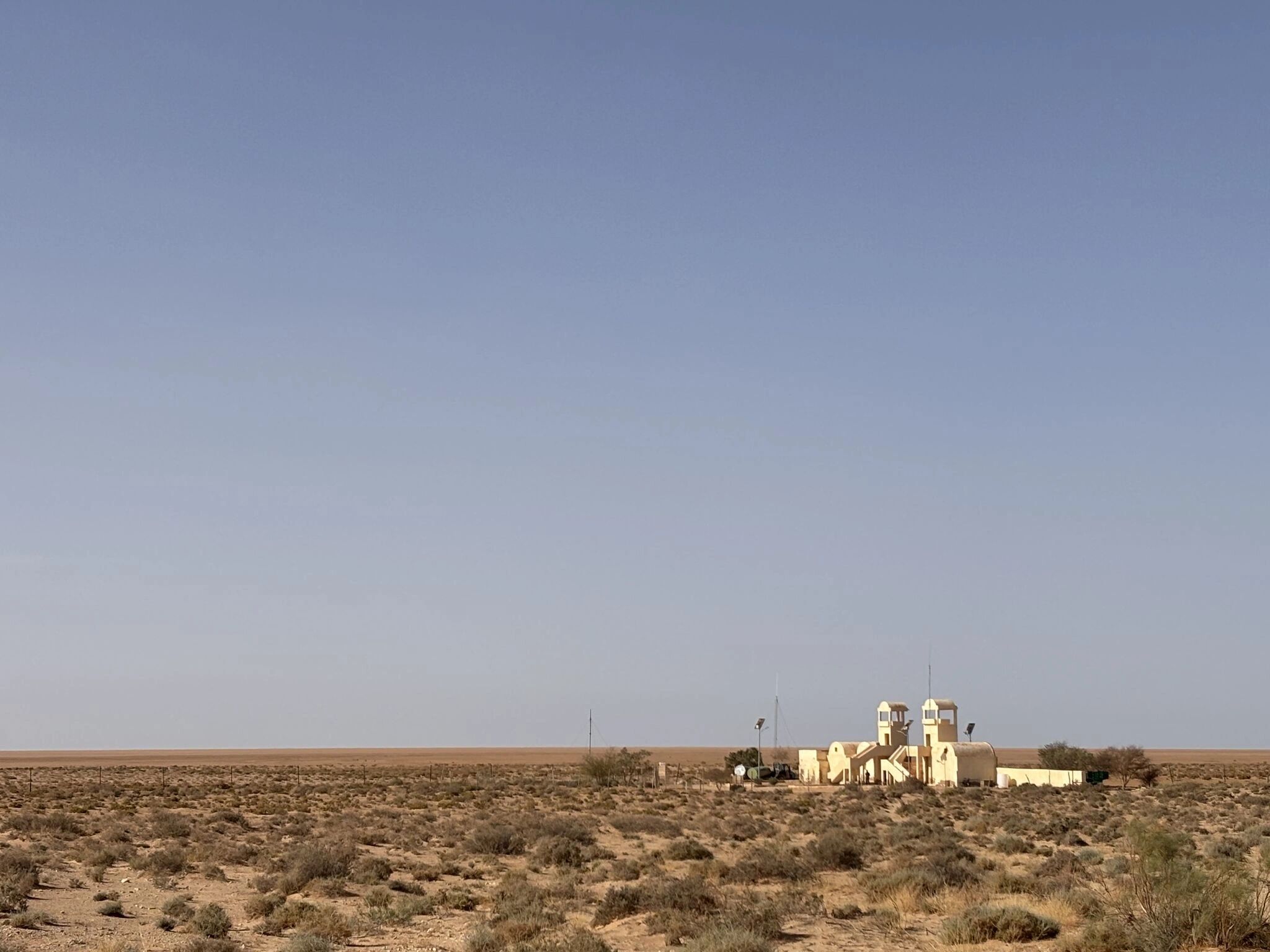Recently, I attended the 2025 Sahel & Sahara Interest Group meeting in #Tunisiain May 2025. It was a fascinating event, with AI-assisted translation between French, Arabic, and English, making it more accessible to a diverse group of practitioners from across the region.
I had the privilege of giving a talk on the challenges of conserving small populations in drylands, which are often vulnerable to unpredictable stochastic events—and how we might avoid failure in these complex contexts.
Congratulations to the organisers, particularly Sahara Conservation on 20 years of this important meeting—a remarkable achievement. What stood out most to me was the strong presence of on-the-ground practitioners, who not only shared great first-hand conservation experience but were also prioritised in the Q&As.
Interestingly, while many countries showcased impressive efforts in species translocations and recovery, terms like #rewilding or #restoration were rarely used. This highlighted how conservation practice may be similar across regions, but the language and framing can differ significantly—reminding me that labels often vary more than the substance of the work itself.
We were lucky to see scimitar-horned oryxes reintroduced to Dghoumes National Park.
Durrell Institute of Conservation and Ecology, University of Kent
WWF North Africa
Tunisian Association for Wildlife
Marwell Wildlife
Sahara Conservation











